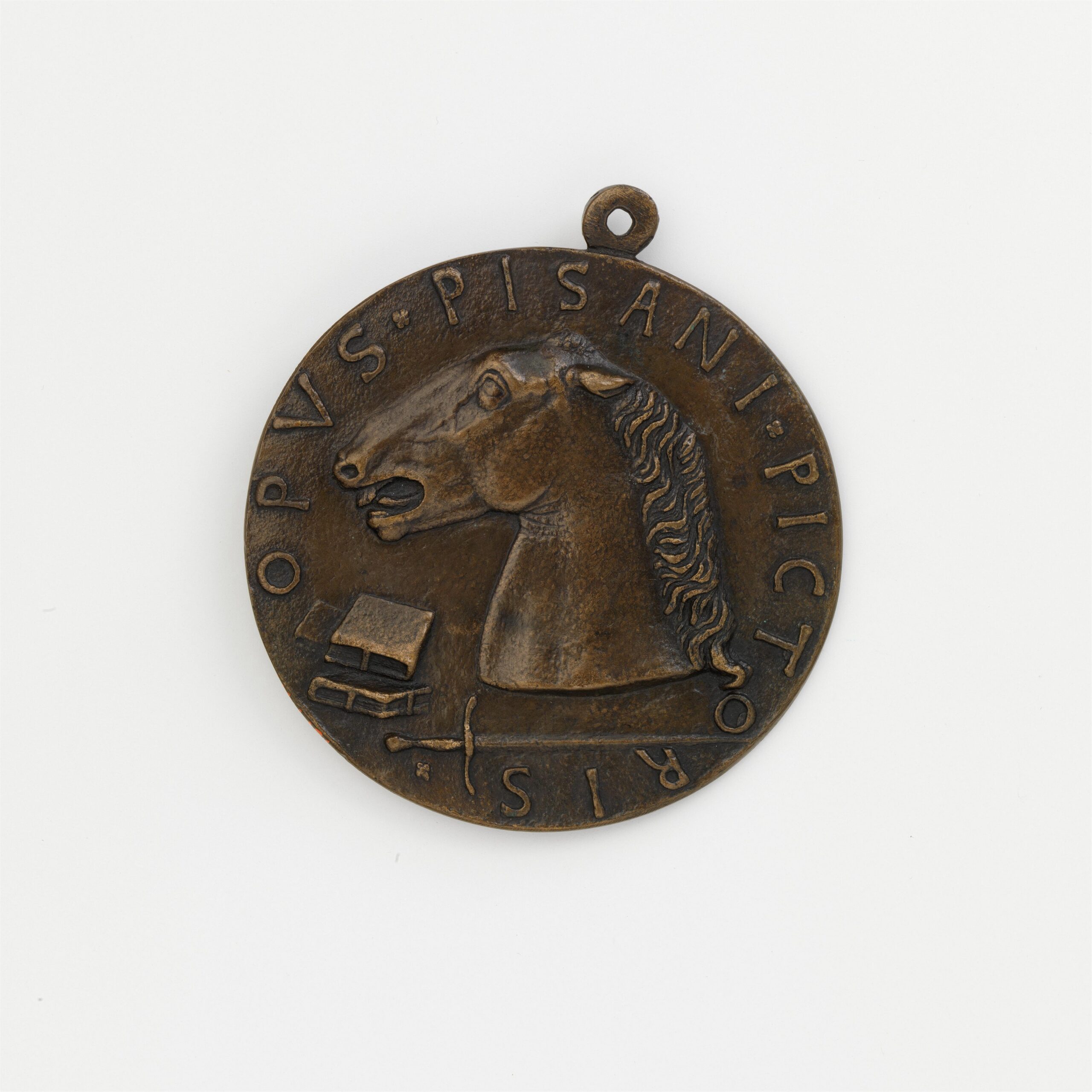Guido Ascanio Sforza di Santa Fiora was born 26 November 1518 in Rome. In addition to being born into the Milanese dynasty (which had begun fading by the beginning of the 16th Century) he was also the son of Costanza Farnese and therefore grandson of Pope Paul III, brother of Cardinal Alessandro Sforza (1565), uncle of Cardinal Francesco Sforza and great-uncle of Cardinal Federico Sforza (1645). During his time as a cardinal he served as legate as well as administrator of different towns and episcopal sees.
His ecclesiastical career started very early with his selection as Bishop of Viterbo, Acquapendente, Bagnoregio, Montefiascone, Tuscania and San Martino al Monte Cimino on 12 November 1528 when he was not quite ten years of age. He resigned in 1548.
The six dukes who founded the Sforza dynasty of princes, popes, and cardinals descended from the Romagnol condottiere Muzio Attendolo (1369–1424), a kinsman of Micheletto Attendolo. Muzio’s illegitimate son Francesco took his father’s nom de guerre (sforzo means “struggle”), and so became Francesco Sforza. Through his marriage in 1441 to Bianca, daughter of Filippo Maria Visconti, he claimed the dukedom of Milan after the collapse of the Ambrosian republic in 1450. In 1445 Francesco’s brother Alessandro (1408–73) became ruler of Pesaro (in the Papal State), which he and his descendants ruled until 1512; in 1493 Alessandro’s grandson Giovanni of Pesaro married Lucrezia Borgia.
During the height of their wealth and power the Sforza clan were builders of churches and castles as well as collectors of antiquities and patrons of artists throughout Italy. Many artworks surviving from the Renaissance bear the Sforza seal or name even when the name of the maker is unknown.
Guido ascanio Sforza, one of the last male direct inheritors of the family name, died on 6 October 1564 of fever in Mantua. His body was transferred to Rome and buried in his family’s chapel in the patriarchal Liberian basilica.
Reference: Gordon Campbell. “Sforza family.” In The Oxford Dictionary of theRenaissance. Oxford University Press, 2003. http://www.oxfordreference.com/view/10.1093/acref/9780198601753.001.0001/acref-9780198601753-e-3264.
Leonardo, da Vinci, Study for Sforza Monument, c. 1488-90. Silver point. Windsor Castle, Royal Library.
Master of the Sforza Altarpiece, Virgin and Child Enthroned, ca. 1495. Oil on poplar. Photo: Volker-H. Schneider. Gemäldegalerie, Staatliche Museen zu Berlin, Nr. 1433.
Sforza Castle (Castello Sforzesco), Originally 14th c., Milan, Italy.Photo: Sara N. James.
Antonio Pisano Pisanello, Francesco Sforza (1401-1466), ca. 1441. The Metropolitan Museum of Art; Rogers Fund, 1974; 1974.169
Stanislas Mogila, Hours of Bona Sforza, Folio #: fol. 036v-037r, 1527-1528. Annunciation, with arms of Bona Sforza in margin. Bodleian Library, University of Oxford, Shelfmark: MS. Douce 40.
Further Reading: Kathleen Christian. Empire without End: Antiquities Collections in Renaissance Rome, c. 1350-1527. New Have: Yale University Press, 2010.
Charles H. Carman. Leon Battista Alberti and Nicholas Cusanus: Towards an Epistemology of Vision for Italian Renaissance Art and Culture. Burlington, VT: Ashgate Publishing, 2014.




